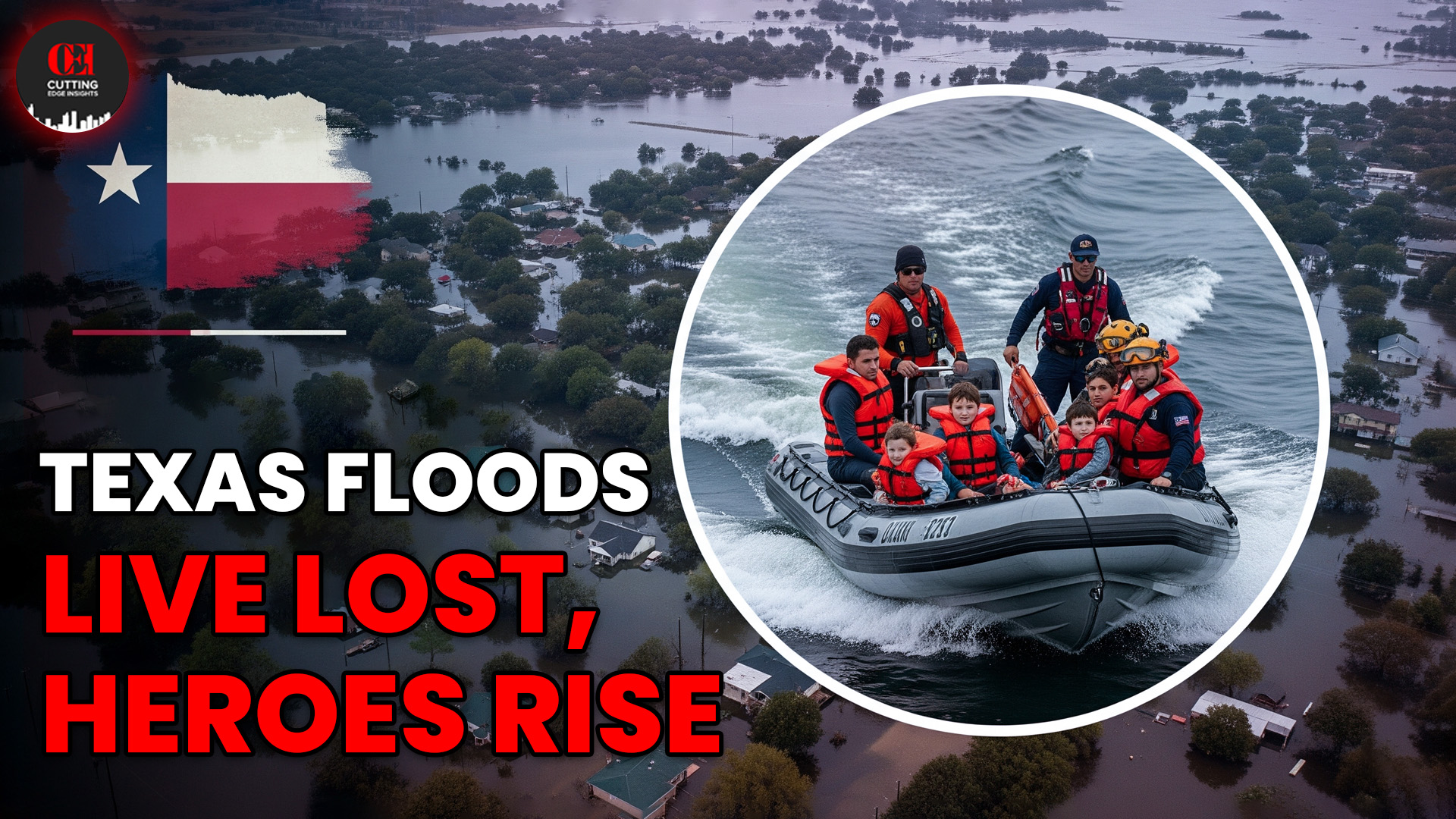On the morning of July 5th, Texas woke to a nightmare. The serene banks of the Guadalupe River had turned into a monstrous torrent overnight, swallowing homes, cars, and campsites in a catastrophic flash flood. By midday, the death toll stood at 119—and counting. Over 170 people were still missing. The hardest hit: Camp Mystic, a cherished retreat nestled in the hill country, now a site of unspeakable sorrow.
Kerr County bore the brunt of the disaster, losing 95 lives in just a matter of hours. Among the victims were dozens of children who had come to the camp for summer joy, not expecting to face nature’s wrath. First responders battled treacherous currents and wreckage in heroic attempts to save lives. In some cases, they succeeded—pulling survivors from trees, rooftops, and overturned buses. In many others, they arrived too late.
The story of Officer Daniel Reyes of the Odessa Police Department is one of many that will stay etched in memory. He died while trying to rescue a stranded family. His selfless sacrifice is being hailed as emblematic of the spirit Texans showed in this darkest of hours.
The floodwaters were indiscriminate. They tore through the heart of central Texas communities, collapsing bridges and lifting entire homes off their foundations. Entire families were displaced within minutes. Local churches became emergency shelters. Volunteers brought in boats, blankets, and belief. There were moments of reunion, of gratitude, of hope—piercing through a thick fog of grief.
But amid the emotional outpouring lies an undercurrent of anger and confusion. Sirens blared, but many say the warnings came too late. Why, some ask, were weather alerts delayed? Why were camps not evacuated in time? And as climate scientists point to the growing severity of storm systems, calls are rising for a re-evaluation of Texas’ disaster preparedness.
FEMA has arrived, offering federal aid and assessment. But for many residents, the process is slow, entangled in bureaucracy and overwhelmed by the scale of devastation. Meanwhile, political leaders are already sparring over the direction of emergency management reform. One side calls for stronger climate adaptation policies and early warning infrastructure; the other urges a return to local, decentralized control.
The July 4th floods weren’t just an isolated freak event—they were a signal flare. Texas, a state long accustomed to weather extremes, now finds itself grappling with the grim future of global warming in real time. What were once ‘100-year floods’ are happening every few years. For towns like Hunt, Ingram, and Kerrville, this disaster has redrawn the map—both physically and emotionally.
Yet through the heartbreak, stories of resilience offer a glimpse into the soul of Texas. A teenage girl clung to a tree branch for six hours until a volunteer paddled in to save her. A group of retired veterans turned their fishing boats into rescue vessels. An entire community lit candles outside Camp Mystic, reading the names of the missing aloud until dawn.
This isn’t just a Texas story—it’s an American one. A story of how natural disasters test the seams of our society. A story of courage in the face of catastrophe. A story of what we do next—when the floodwaters recede, and the spotlight fades.
The road to recovery will be long, uneven, and painful. But if there is any consolation, it’s in how the people of Texas have shown up for one another—not as red or blue, not as urban or rural, but as human.
In the end, the river rose. But so did they.











